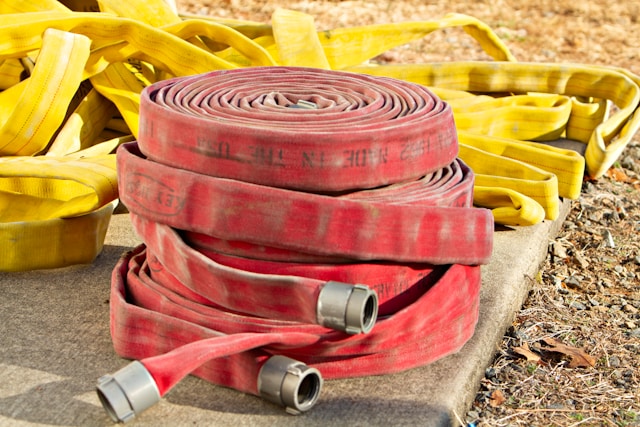Managing hose and fitting inventory efficiently is crucial for businesses across various industries, from manufacturing to construction. Companies can minimize downtime, reduce costs, and ensure smooth operations with proper inventory management. This comprehensive guide will delve into the importance of effective inventory management for hoses and fittings, explore best practices, and provide actionable tips to optimize your inventory processes.
Importance
Hoses and fittings are vital in numerous applications and essential components in hydraulic systems, pneumatic systems, plumbing installations, and more. Whether ensuring fluid transfer in industrial machinery or maintaining plumbing systems in buildings, having the proper hose and fitting on hand is crucial for uninterrupted operations. Effective inventory management, particularly for Parker hose & fitting inventory Charlotte, NC, is paramount to ensure the availability of hoses and fittings when needed. Unexpected equipment breakdowns or repairs can grind operations to a halt, leading to costly downtime. By maintaining adequate inventory levels based on demand forecasts and historical usage patterns, businesses can minimize the risk of stockouts and ensure that essential components are readily available.
Cost Control
Poor inventory management can lead to excessive carrying costs, including storage expenses, obsolescence, and the tying up of capital in excess inventory. Conversely, efficient inventory management practices help control costs by optimizing stock levels, reducing waste, and preventing overstocking. By accurately tracking inventory turnover rates and identifying slow-moving items, businesses can make informed decisions to streamline inventory and minimize financial losses.
Quality Assurance
Maintaining a well-managed inventory of hoses and fittings is essential for ensuring product quality and reliability. Using outdated or substandard components can compromise system performance, leading to leaks, malfunctions, and safety hazards. Businesses can uphold product standards and safeguard their reputation by implementing stringent quality control measures and regularly auditing inventory for damaged or expired items. To maximize efficiency and minimize disruptions, businesses can adopt several best practices for managing their hose and fitting inventory effectively.
Regular Audits and Assessments
Regular inspections and evaluations are crucial for maintaining inventory precision and identifying areas ripe for improvement. Companies can uncover obsolete stock, mitigate risks, and optimize inventory turnover rates by conducting physical counts, reconciling discrepancies, and scrutinizing inventory performance metrics. Fostering robust relationships with reliable suppliers ensures a consistent supply of top-quality hoses and fittings. Collaborating closely with suppliers can result in favorable terms, timely deliveries, and exposure to innovative products or technologies. Moreover, establishing alternative sourcing channels can alleviate the impact of supply chain disruptions and diminish reliance on a single supplier. Prioritizing employee training and empowerment is essential for sustaining efficient inventory management practices. Through comprehensive training on inventory procedures, safety protocols, and product insights, businesses can empower their workforce to make informed decisions, proactively identify issues, and contribute to ongoing improvement efforts.
Conclusion
Effective inventory management is vital to companies that rely on hoses and fittings, with optimal inventory processes leading to increased operational efficiency. Businesses can optimize their inventory processes to ensure availability, control costs, and meet quality standards while meeting delivery schedules. Implementing best practices like using inventory management software, adopting just-in-time inventory strategies, or cultivating strong supplier relationships can mitigate risks, maximize productivity, and bring long-term success to any business. Proactive inventory management is essential and advantageous in today’s highly competitive business landscape. By prioritizing efficiency, accuracy, and continual improvement strategies, businesses can stay ahead of their market and capitalize on new opportunities.




